Boeing and McDonnell Douglas agreed to a merger in December, 1996. At the time, Phil Condit, then CEO of Boeing, called the acquisition a “historic moment in aviation and aerospace”. The past 28 years have proven that it was definitely a historic moment–just not in the way Boeing originally envisioned.
Boeing’s Merger With McDonnell Douglas Came From a Position of Commercial Strength
![Boeing's Decline in Innovation: The Impact of the McDonnell Douglas Merger 1 The first United 777-200A departs during testing. Photo by Solitude [CC BY-SA 3.0 (http://creativecommons.org/licenses/by-sa/3.0)], via Wikimedia Commons](https://avgeekery.com/wp-content/uploads/2017/09/United_Airlines_777_N777UA.jpg)
Back in the late 1990s, Boeing was a forced to be reckoned with on the commercial side of the business. They had recently introduced the Boeing 777 aircraft that had set records for efficiency in the long haul market. Boeing also introduced a much upgraded 737, the 737 Next Generation (NG).
The upgraded 737NG featured a new wing that turned a single-aisle jet with the range of a few hours into a coast to coast money maker. Boeing also enjoyed continued success with a solid lineup of 757, 767, and the refreshed 747-400. Boeing was the dominant aircraft maker of its time. Airbus was competitive but a clear second to Boeing in the markets where it mattered most, particularly North America and Asia.
McDonnell Douglas Was Flailing
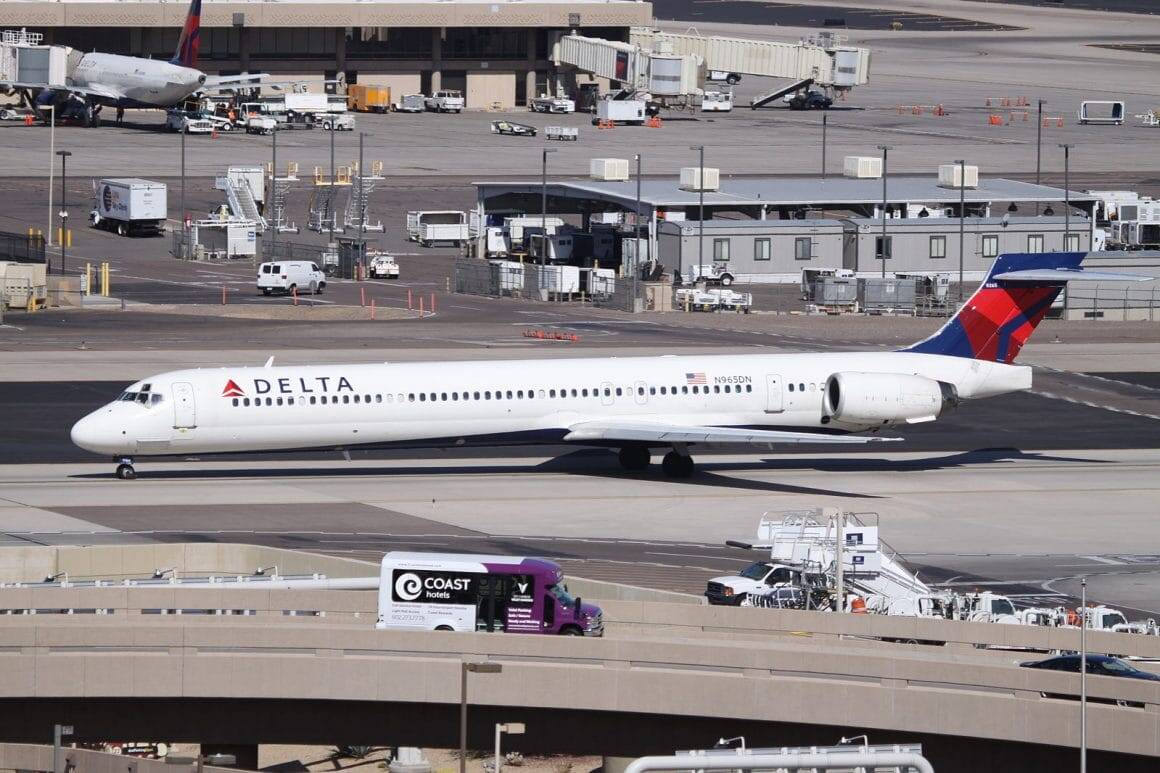
By contrast, McDonnell Douglas was a struggling commercial aircraft maker in the mid-1990s. The airline hadn’t designed a clean-sheet aircraft since the 1970s, some 20 years before its merger with Boeing. Every commercial offering was a derivative of a previous aircraft. Their three-engined MD-11 was a rehash of the DC-10. The MD-90 and forthcoming MD-95 were both double derivatives of the venerable DC-9.
McDonnell Douglas lacked the capital to invest in an upgraded wing that would have made their narrow body offerings more efficient and capable of flying at higher altitudes. Thus, their final offerings of the MD-90 and MD-95 had trouble competing with the more modern and capable 737NG and A320, particularly on longer routes across the country.
Paper Airplanes Abounded at McDonnell Douglas
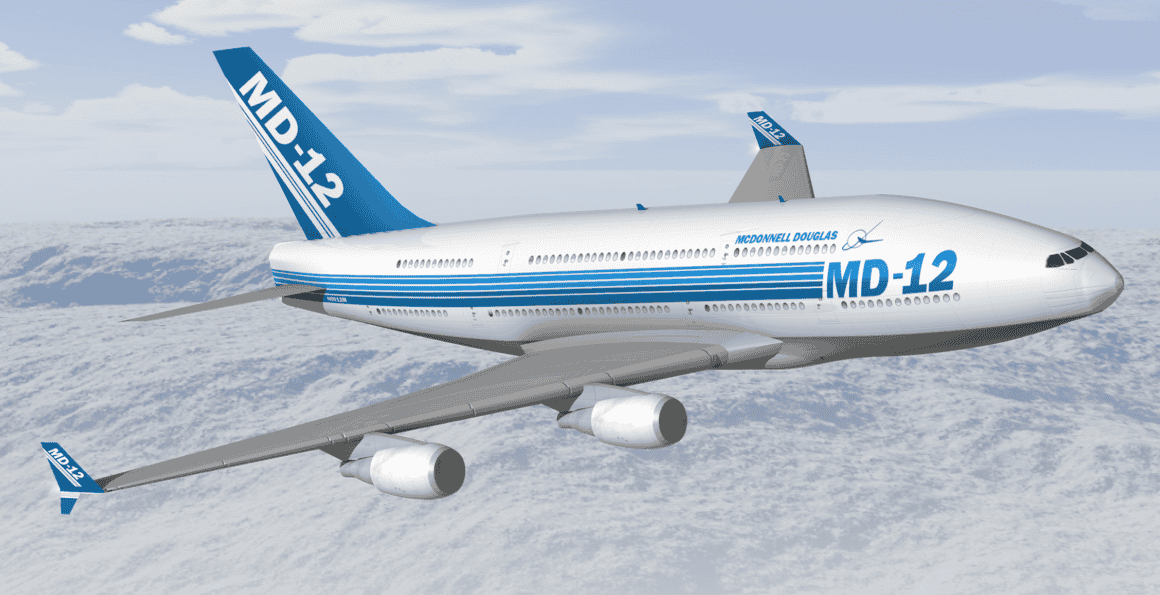
Due to slower sales and less R&D capital, McDonnell Douglas lacked the financial means to build any new clean sheet aircraft. Instead, McDonnell Douglas focused on incremental improvements and longshot projects like the UDF or unducted fan on an MD-80 that never materialized.
They occasionally pushed press releases for new offerings like the giant double decker MD-12 (that looked suspiciously like the A380 Airbus later released), but none of them panned out either. Each of these ‘Hail Mary’ designs were ambitious but lacked the financial capital and airline interest to make them reality.
Boeing’s McDonnell Douglas Merger: A Strategic Move For McDonnell Douglas
By 1996, McDonnell Douglas’ defense and space divisions were the only profitable segments. These assets were the real prize for Boeing. McDonnell Douglas had built an admirable military portfolio with the C-17, F/A-18 Super Hornet, F-15, and an array of space technology.
Boeing absorbed McDonnell Douglas’ commercial assets, favoring its own stronger portfolio. Yet, following the merger, an unexpected shift occurred: Boeing’s design and innovation approach began to resemble McDonnell Douglas’ playbook.
Post-Merger: Boeing Adopts McDonnell Douglas’ Approach
Something big changed in the years after Boeing made the acquisition/merger. Boeing’s commercial side somehow morphed into operating like McDonnell Douglas, particularly from a design and innovation aspect.
There are many factors to the reasons why Boeing has struggled. Stock buy backs, the brain drain of engineers, and a culture led by accountants are all common areas of focus that describe Boeing’s decline. While there are a number of stories on the internet that focus on the business, culture, and management aspects of Boeing (here, here, here.and here as quality examples) few have delved into the design and commercial roadmap aspect of Boeing’s offerings and compared it to how it mirrors McDonnell Douglas’ playbook from the 1980s and 1990s.
Sonic Cruiser Was Boeing’s First McDonnell Douglas-like Head Scratcher After Merger
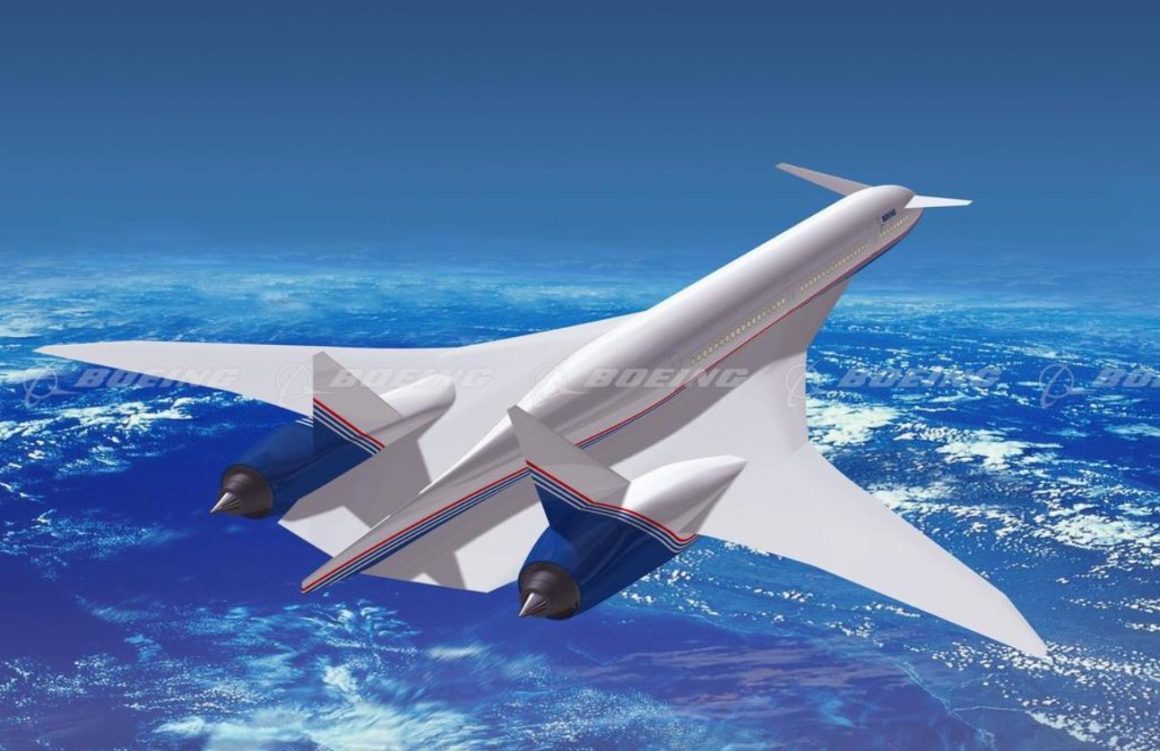
Boeing’s last clean sheet design was the Boeing 787. The Dreamliner was born out of a failed Sonic Cruiser that Boeing proposed in 2001 at the Paris Air Show. The Sonic Cruiser itself was a very un-Boeing-like reveal.
Short on details and long on media hype, the Sonic Cruiser was either a great head-fake by Boeing to its competitors or an early sign that McDonnell Douglas culture was beginning to influence Boeing.
Boeing still had immense industry credibility at the time. So when Boeing made an announcement that speed was what would sell in the future, Wall Street and the media paid attention. Maybe it was Boeing seeing a new market opportunity that analysts had missed. Or maybe the Sonic Cruiser was another paper airplane.
The Sonic Cruiser’s reveal was a flop. It used too much fuel and its canards made ground servicing challenging. Most airlines didn’t want a gas guzzling jet that only flew 15% faster. With its poor fuel efficiency, Boeing shelved the project after airlines rejected the proposal.
Boeing had shared other technology proposals before but this was the first time that they seemed to announce an aircraft without any orders.
Boeing’s 787’s Showed Early Signs Of Trouble Too

Boeing introduced the more conventional-looking Boeing 7E7 that eventually became the Boeing 787 Dreamliner. Unlike the Sonic Cruiser, the 7E7 prioritized efficiency and new materials.
While the 787 looked sleek and had significant efficiency gains, the real game changer was how it would be built. The manufacturing process was very different than its most recent predecessor, the 777. Boeing planned to subcontract parts of the aircraft globally, then assemble it in the United States.
Boeing showed off a hollow shell of a jet to the public
The problems with the manufacturing process were clear before the jet was even revealed. When the jet debuted in 2007 to the public (as seen in the video above), it was really just a hollow shell of an aircraft. The 787 was not even close to being flight ready.
Manufacturing challenges, design flaws, then transportation, and integration issues delayed the first flight of the aircraft until a full two years later. And while the 787 eventually turned into a full-fledged program, quality and manufacturing issues continue to hound it even today.
The Train Went Off the Rails Beginning With The 787
Once Boeing delivered the 787, attention then turned to the midsize airliner market. In the years prior, Boeing had retired its 757 line due to low demand. This left a gap in its offering between the 737NG and the aging 767.
Various clean-sheet aircraft designs were studied and rumored to be in the works. However, an event happened in December of 2011 that forced Boeing to offer a refreshed 737 instead of a clean sheet design. It forever altered the direction of the company.
American Forced Boeing’s Hand on the 737 MAX
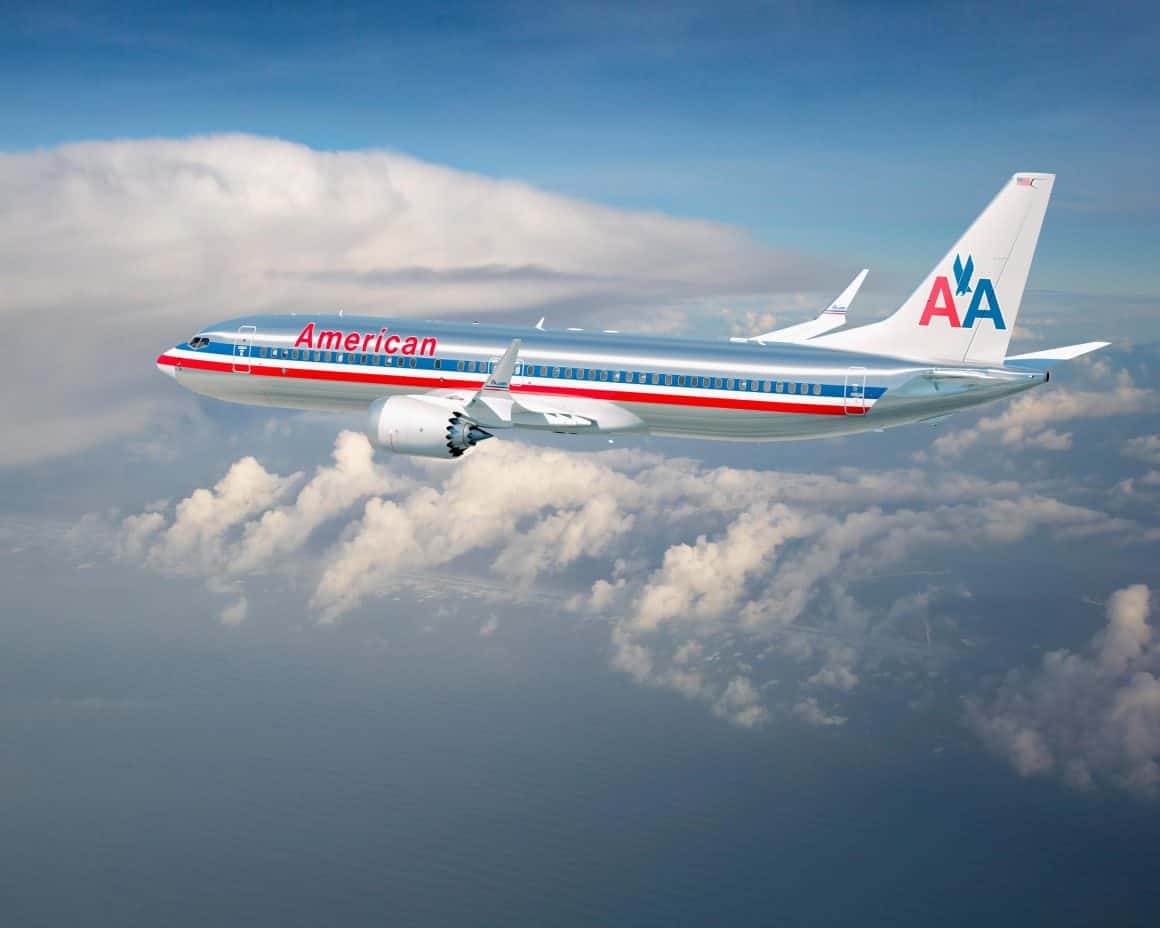
In December of 2011, American Airlines – who had recently entered bankruptcy – announced one of the greatest aircraft recapitalization programs of all time. They wanted to completely refresh their fleet with a focus on replacing their aging MD-80 jets as they plotted an exit from Chapter 11 bankruptcy.
The airline sought out the most efficient fleet, even beyond the current offerings of Boeing and Airbus. American had previously been one of Boeing’s best and most loyal customers. Airbus offered American a great deal on current A320s in exchange for equity in the airline. Airbus also sweetened the pot with some of the first available delivery slots to the new A320NEO line.
The NEOs featured significantly more efficient engines, lowering American’s costs even further. At the same time, one manufacturer alone could not deliver all the jets American needed in a reasonable timeframe.
Thus American went to Boeing too for their best offer. Boeing offered their 737-800 and hastily introduced the 737 MAX, promising delivery within six years. The New York Times does a solid job of detailing the business aspects behind this rapid launch of the troubled MAX. From a design standpoint though, it is interesting to look at the choices Boeing made and how it has affected aircraft design for the past 13+ years.
Boeing’s Previous 737 Improvements were Straight Forward and Crisp, But Not The Max

From a design perspective, the choices Boeing made with the MAX differ from the choices Boeing previously made with their upgrades from the 737-300 Classic series to the 737NG.
On the NG, Boeing made design decision to build an all new supercritical wing that greatly increased the efficiency of the jet and added more efficient engines.
Due to FAA commonality restrictions and customer desires, Boeing only incorporated a moderately updated cockpit. Boeing went for a simple update that modernized the panel (but maintained the common overhead panel) to mirror other more modern Boeing cockpits. This change though was very inline with Boeing’s approach to design iteration.
Changes were straightforward and crisp that went for the biggest gains in efficiency possible on major components. The company avoided unnecessary design changes or ‘hacky’ fixes that made small improvements but drove tradeoffs in commonality and efficiency.
MAX Design Decisions
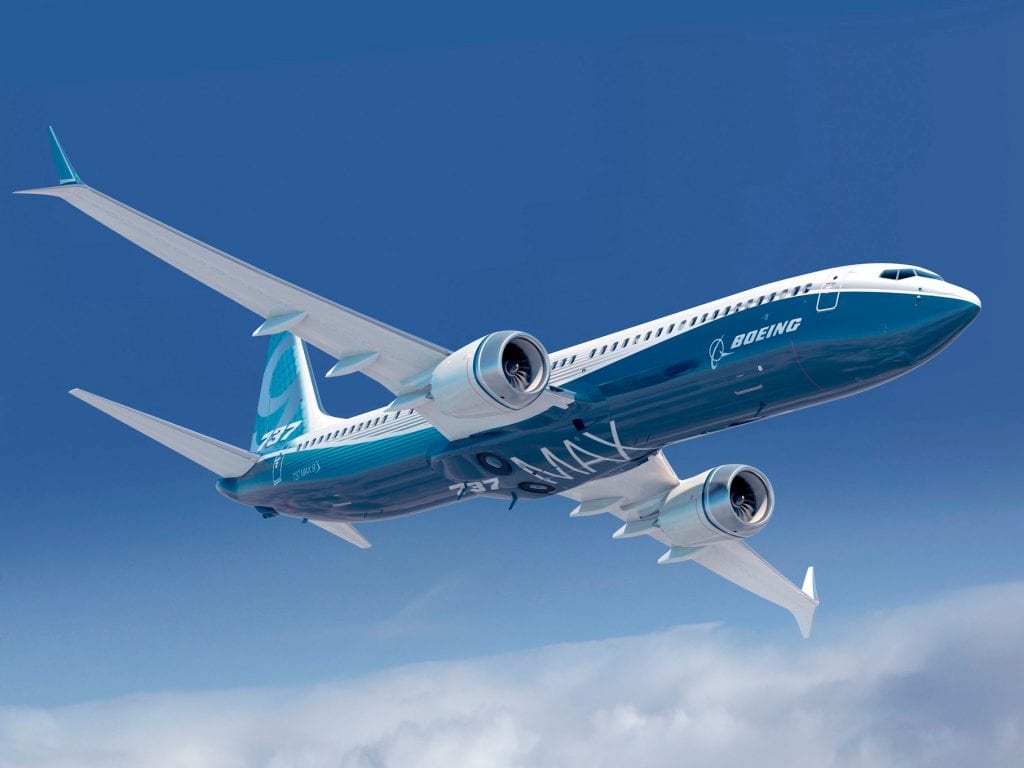
The design choices on the MAX have a bit of a McDonnell Douglas flavor to them. If you look at the MAX’s changes closely, they kind of remind you of McDonnell Douglas’ approach. While the -8 and -9 are flying, the the -7 and -10 are still stuck awaiting regulatory approval before deliveries can commence.
Bigger Engines Force MCAS ‘Fix’
On the MD-80, McDonnell Douglas put larger and more efficient engines on an extended DC-9 fuselage. McDonnell Douglas chose not to invest in a new wing for the MD-80 but instead grew the wing in size and strengthened the landing gear on the larger version. The upgrades engines were enough to keep the MD-80 competitive. McDonnell Douglas’ choice of adding a larger engine to the MD-90 required the hacky fix of pylon flaps on the engines to prevent a deep stall.
The MAX also did an engine swap, replacing the NG engine with an even larger diameter engine that required a rework of the nose landing gear and wing attachment points. This forced Boeing to adopt a hacky MCAS system to provide a similar aircraft feel for pilots in certain near stall regimes of flight. Unfortunately, this hacky fix also led to two crashes and grounding of the fleet for two years.
Complex Landing Gear ‘Hack’ For The MAX -10
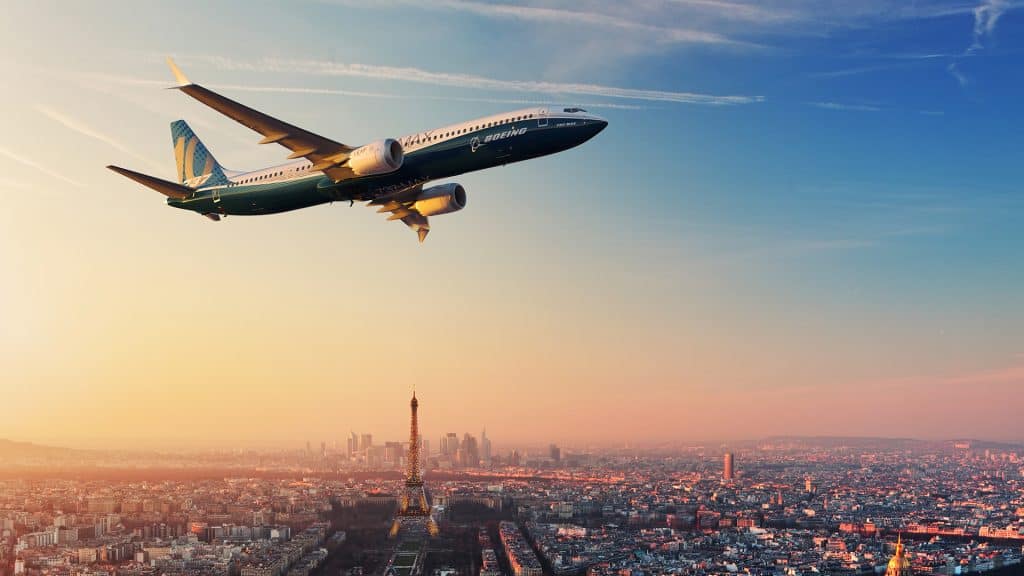
The landing gear had to be lengthened to provide the required engine clearance on the jet. On the -7,-8, and -9, Boeing was able to be raise the length of the gear slightly to accommodate the engines.
On the -10 though, the jet is so long that Boeing actually had to design a whole new and complex landing gear system that is somewhat similar to the F/A-18 Super Hornet’s landing gear. This was done so that the -10 had enough tail clearance while rotating for takeoff.
Many of these design choices seen on the MAX seem to violate Boeing’s previous straightforward philosophy in how they updated and upgraded their product offerings.
Winglets Key To Performance Improvements on the MAX
McDonnell Douglas spent a ton of time on researching and incorporating winglets into their designs in the late 1980s. Both their MD-11 and C-17 featured winglets much earlier than Boeing.
McDonnell Douglas added winglets more by necessity to the MD-11 to improve on a 30 year old wing design whereas Boeing touted their prior winglet offerings as an extra 1-2% on an already efficient aircraft.
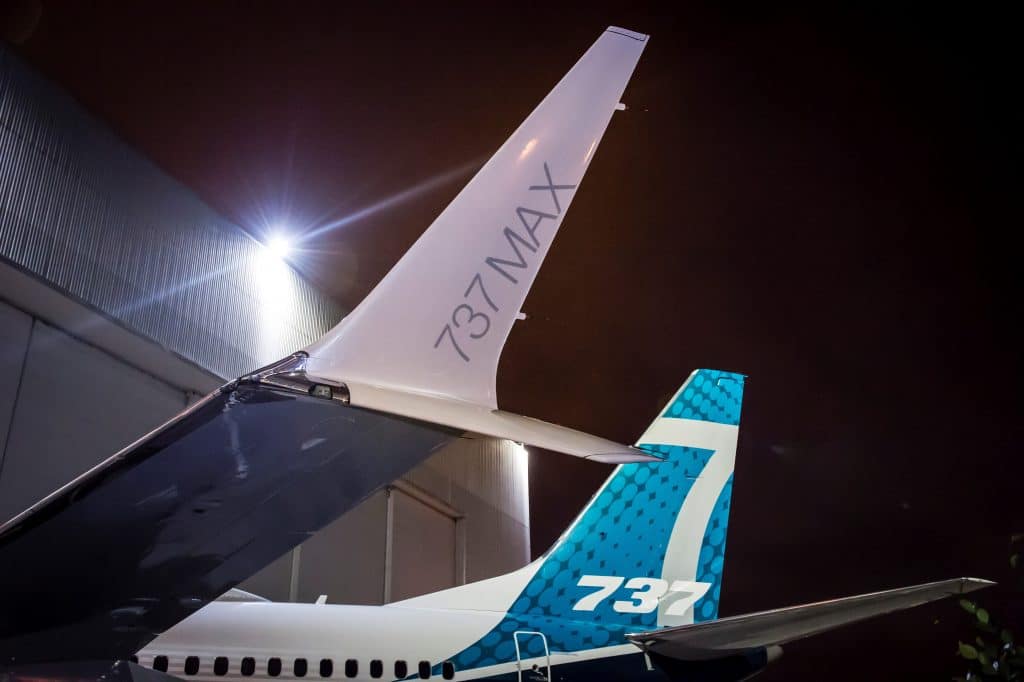
The MAX made winglets a defining feature of the jet. Boeing introduced the 737 MAX AT winglets calling them “the most efficient winglet on any airplane.” It was a way to quickly eek efficiency out of the Boeing 737.
The 737 Would Compete on Price
In the early 1990s, McDonnell Douglas made minor changes to the MD-90 but failed to invest in game changing upgrades that would have made the jet more attractive to top-tier airlines. McDonnell Douglas was forced to compete primarily on price.
Likewise, Boeing believed that a more efficient engine, a lucrative price point, commonality, and a competitive entry date were sufficient to make their 737 competitive with the Airbus A320NEO family for years to come.
Foldable Wings, New Engines, New Wing…Boeing’s Other Jets Adopt McDonnell Douglas’ Incremental Playbook

The incremental/hacky improvement philosophy with their product offerings are now seen throughout Boeing’s product line. Boeing’s now retired 747-8i and 747-8 freighters also had similar incremental improvements.
Boeing utilized 787 technology to improve the wing, lengthened the fuselage, and added 787 engines to the venerable Queen of the Skies. The aircraft struggled to find its niche though resulting in only 155 aircraft produced including just 48 deliveries of the passenger variant.
777X Continues The Incremental Design Trend
Boeing launched the 777-X project in November of 2013, just two years after the rushed launch of the 737 MAX. The refreshed version of the 777 was intended to ward off customers defecting to Airbus’ A380 and A350XWB product line.
Boeing’s new 777 offering was supposed to enter service in 2023 but is now delayed until 2026 due to certification and design issues. While some issues are related to the overall investigation of Boeing, the FAA cited design maturity issues, a flight control problem in testing, and engine challenges.
On the 777, Boeing is once again adding more efficient engines to the jet and to their credit have introduced a new super-critical wing similar in approach to the Boeing 747-8 and 737NG.
Boeing lengthened the aircraft and updated the cabin too. They did however add a new concept – foldable wings. This allows the larger jet to fit in existing 777 gate footprints but adds complexity to design and operation.

While the foldable wings have not been a contributing factor to the delays, it is an interesting design choice that echos back to McDonnell Douglas’ more hacky approach to designing a new aircraft. In a way, it might remind you of how McDonnell Douglas made design compromises in the past.
On the MD-11, they shrunk the horizontal stabilizer from the previous DC-10 design. This change was made to save weight on the newer version of the tri-jet and meet performance targets. The smaller stabilizer did make the MD-11 more pitch sensitive though and many consider that change a contributing factor to two MD-11s that crashed on approach during gusty wind conditions.
The Boeing 777-9 has not yet entered service but a foldable wing is a novel design decision previously only attempted on Navy carrier aircraft. It will be interesting to watch whether this design choice succeeds or becomes a liability.
Product Line has Gaps With No Clear Roadmap
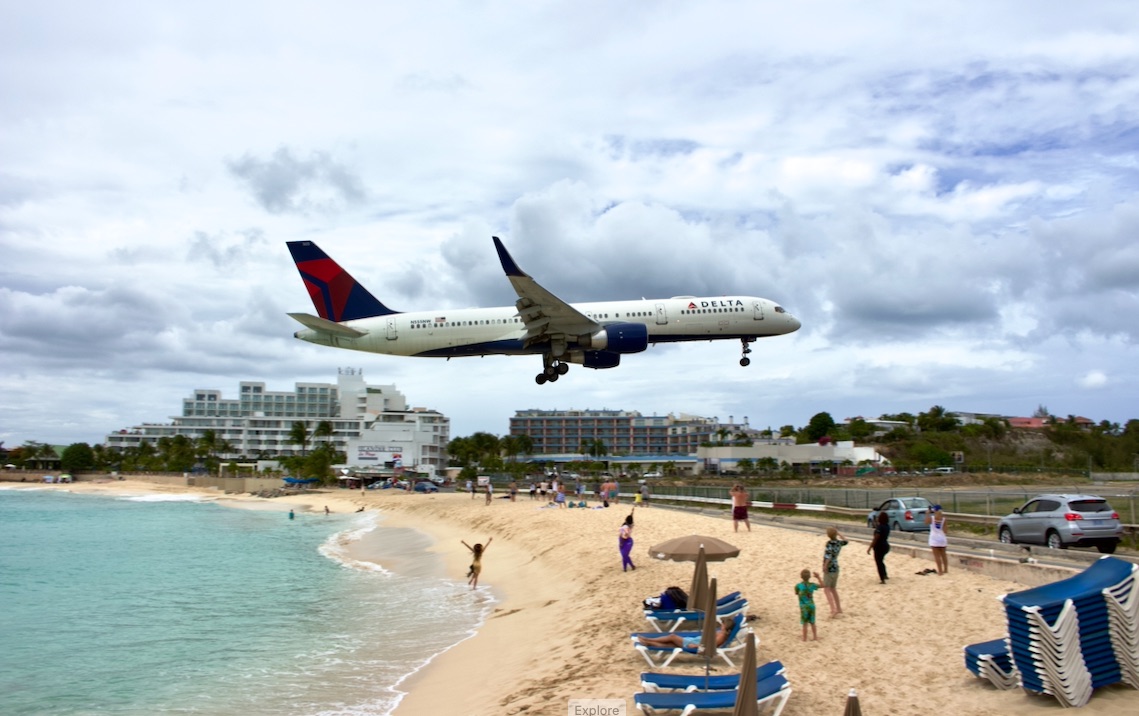
Beyond design choices, Boeing’s public commercial roadmap has some large holes in it and you can clearly still see McDonnell Douglas’ influence on it.
Boeing’s lineup is missing a clear replacement for the Boeing 757. Much of the market that it previously owned has been captured by the Airbus A321NEO. Boeing is also lacking a clear replacement for the Boeing 767. While the 787 can do everything the 767 can do and more, the 787 is too large for some routes currently flown by the Boeing 767.
In the battle for single aisle jets, the venerable Boeing 737 has become a liability with no clear replacement yet. The MAX has seen an amazing amount of negative press and delays. Within the MAX family, only two of their four versions are available and will be for some time.
Some airlines have started defecting from Boeing. United made alternative purchases with Airbus after Boeing’s 737 MAX 10 delays to ensure they have enough narrow body jets for the current decade.
Any new clean-sheet offering will be expensive and complex. It will be a challenge to match Airbus’ cockpit and fleet commonality as well.
Boeing’s More Recent R&D Smells Like The Old McD
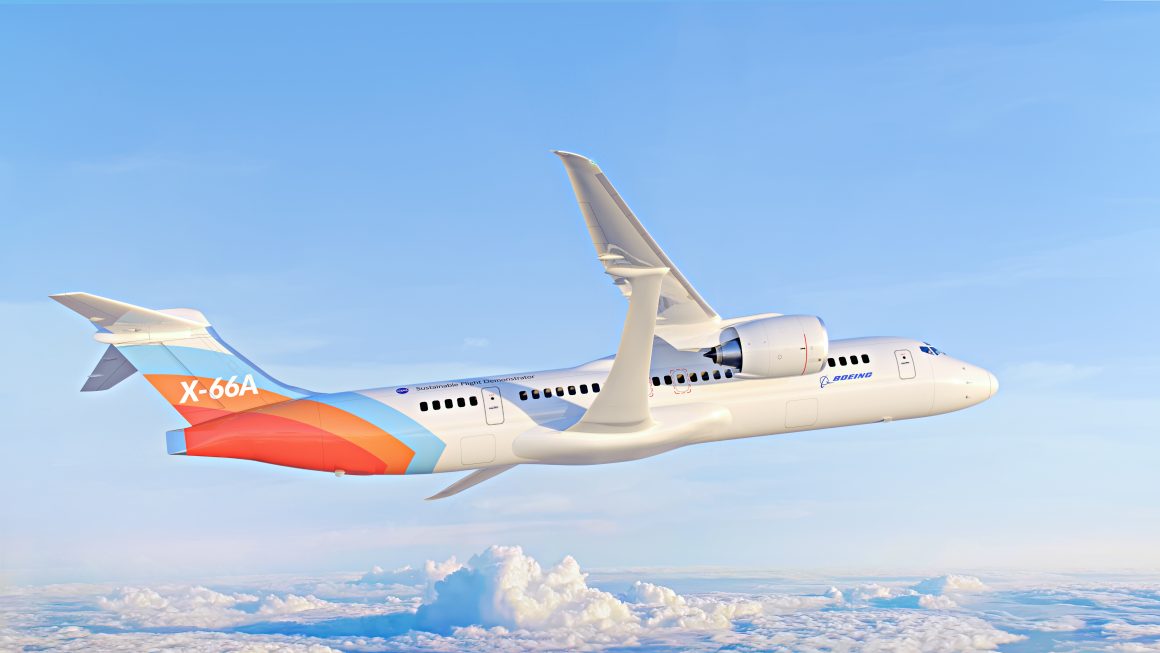
While Boeing is publicly committed to the MAX for now, the company unveiled a radical design in the form of the X-66 last year which could evolve into their next narrowbody offering. This test aircraft will attempt to use a transonic truss-braced wing to demonstrate greater efficiency. The test fuselage is, you guessed it, a repurposed MD-90.
While it is exciting that Boeing continues to invest in new technologies, this feels eerily similar to how McDonnell Douglas tested their experimental Unducted Fan on an MD-80 in the late 1980s. Given the radical design and current challenges Boeing is facing, it is difficult to see the X-66 design become reality anytime soon.
You can’t help but wonder if Boeing is once again distracted by the shiny object of long-shot innovations instead of principled design decisions to dig themselves out of their current hole. While the X-66 represents a potential game changer, Boeing may miss out on more near term opportunities to produce a strong, conventional clean sheet design that reestablishes market dominance.
Boeing is at a Design Crossroads With Significant Hurdles
The bottom line is that Boeing stands at a crossroads. Boeing has not announced a clean sheet aircraft in 21 years. Boeing’s new CEO faces significant challenges, including labor unrest, backlogs, and the need for a clear commercial strategy.
While inspiration from the past can be a great motivator for future design, Boeing should approach McDonnell Douglas’ playbook with caution. That playbook already led to defeat once. And success usually only happens if you learn from your past mistakes and chart a different course.
To regain its leadership position, Boeing must find a way to prioritize clean-sheet innovation, quality control, and engineering excellence to avoid the pitfalls of incrementalism that led to McDonnell Douglas’ decline.


Yep Boeing get Bit by McDonald No one want to talk about ? How mad McD emp ? they had up root and moved to SEA area from So.Cal ? So it payback time ?555 Wash DC are at failure to force Condit to take McD so Boeing will get Defense $$$$$$ Now look what happened Both company going down hill in Commercial aircraft it too late for made a America Great plane again ?555 Get ready for Airbus ?
Spot on! as a longtime aviation employee I have seen this decline and it is a sad day for American engineering and innovation. Boeing needs to go back to its roots. The big question, can it break the McDonnell virus that infects the company. Accountants do not make an airplane fly!
I am so happy some buddy wrote an article like this. Further, Boeing destroyed McDonald Douglas in order to be number one. To make more money, regardless of the legacy that it was destroyed. Instead of shutting down those programs boy could have had an alternative. Many many many people in the world many airlines preferred McDonald Douglas Plains because they were built to last. Eiffel one was actually devastated when they destroy such beautiful and interesting blades. Boeing didn’t have to do that. They could’ve bought the company and invest in it. But no way they agreed you know bounce. But like the old saying goes what goes around comes around. They continue to update ia plane that wasn’t comfortable, they basically told air Tran not to buy any more MD 95s or Boeing 717, when they could have created a family of plates. They created the seven 37–600. A failure in comparison to the Boeing 717, which is still flown by two or three airlines in the world. Even airbus created the 8318 and he also failed. The boys 717 or the MD 95 sold more models and he’s more desirable than the other two plates. If they had that factory going perhaps Dilsa could have bought that plane instead of the 8 to 20 which we got so mad about when they’ll stop by it. The truth is they don’t have a plain comparison to do the 8 to 20 not a lower plane with lower seats to compete with the 8 to 20–100 for the Embraer plane. All the greed has created as a consequence would be disastrous news and facts about the 737 max. What they have lost or what boy has lost with the 737 max problem is much more than what they bought McDonald Douglas for. That idea like 3–2 seating, the quiet is playing in the front and the loudest in the back. Those planes gave airports and Airlines attaches uniqueness. It was fun to travel. The MD-11 could’ve been developed farther the floss that it had could’ve been fixed by Boeing given that a new wing. It could have dominated the freight industry. And he could have greased the skies continuously as the most beautiful plane ever built. But no way, they destroyed the 757, because he didn’t sell two years in a row. You don’t shut down the whole assembly line just because two years go bad. 737 700 W. a success but the two that they want to push on people now the seven max and a 10 max have problems. 747 100 could have been them service steel because many airlines are going to the big planes because of the restraints In the airport. The same mistake airbus made with the eight 380. They shut it down and now there’s not a plane to replace it. If not go and ask emirates airlines. It was a mistake after mistake after mistake. I feel sorry for the workers of Boeing and I feel sorry for legacies gone. In a dreamworld the boys 717 would have two more derivatives that they would have been sold many places Hawaiian airlines, Delta Airlines, Qantas airlines, American Airlines, and many many other airlines could have had that plane. The 8 to 20 now has more than 700 orders. They will continue to have more The A3 21, a wonderful plane has thousands of orders and the 757 is dead because his boy killed it. The MD-11 fuselage is beautiful could have been used to create more comfortable 787 which is very very narrow in comparison. They had it all in their hands and they led tits peeled away. They suffocated McDonald Douglas and now look at what is happening. At the end of the day, it is true what goes around comes around. I honestly hope they will be able to create a good plan. Playing with the characteristics of two and three city lady in the 80 series with better avionics competenice And many others. Thank goodness Airbus creating the eight 320 a wide comfortable playing that writes so well. If not we would have nothing to traveling. This I have observed throughout many years as an amateur reading about planes. Yet I wish the best for everyone
Douglas was McDonalded
Then Boeing got the treatment.
Unfortunately Boeing has left it too late to recover.
You can trace the problem before the MDC Douglas Boeing merger. I worked with both MDC and Douglas when they were separate companies. Back then Douglas was an efficient, successful engineering orientated manufacturer of commercial aircraft and MDC, in St. Lewis, was only orientated to making military aircraft.
MDC’s military contracts required them to be saddled with useless, bureaucratic Government paperwork so they were organized accordingly. When MDC bought Douglas, they slowly introduced these sane paperwork systems onto Douglas’ more efficient commercial procedures. This ruined the previously efficient Douglas. Therefore, when MDC Douglas was bought by Boeing, they acquired an organizational mess.
Well, when McD bought Boeing with Boeing’s money, the cancer that killed Douglas crept up the coast to the Northwest. Boeing, sadly, is dying slowly. In the long term, they will continue to exist a only a competitor in the ‘big plane market’ to stave off the screams of Airbus as a monopoly.
In 1997 I sent a scathing message to Condit. Got written up by HR for it too. Don’t regret a word of it today and everything I said has unfortunately come true. My most significant message to him: you are a failed leader and years from now, history will paint you are such and there is nothing you can do about it, for it is already done.
An engineer, happily retired and cashed out.
After nearly thirty years, I think that it’s time for Boeing to stop blaming McDonnell Douglas for their problems. Perhaps it was justified for a period of time after the merger, but continuing to raise the specter of a dead horse is simply excuse-making.